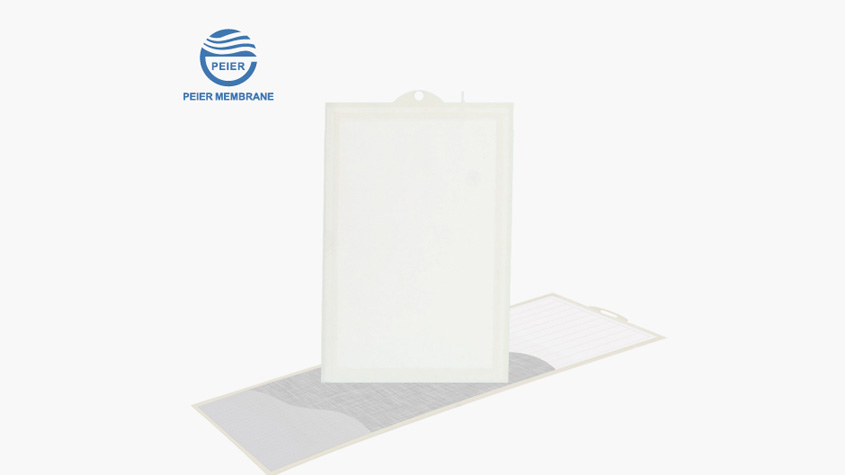
Absolutely, there are several other technologies used for wastewater treatment besides membrane filtration.
Many people struggle with selecting the right wastewater treatment technology due to the complexity of options and lack of understanding about their specific needs and constraints.
Here let us talk about these part of wastewater treatment technology
- Activated Sludge Process:This is a biological process that uses microorganisms to break down organic matter. The microorganisms are mixed with the wastewater and then separated out in a secondary clarifier.
- Trickling Filters: This is another biological process where wastewater is sprayed over a bed of rocks or plastic media. Bacteria living on the media break down the organic waste.
- Aerobic and Anaerobic Digestion: These processes involve the use of bacteria to break down waste in the presence of oxygen (aerobic) or absence of oxygen (anaerobic). Anaerobic digestion can also produce biogas, which can be used as an energy source.
- Sedimentation and Clarification: In sedimentation tanks, particles settle by gravity and are removed from the bottom of the tank. This is often a part of primary treatment in a wastewater plant.
- Chemical Treatment: Chemicals can be used to treat wastewater, for example, to precipitate out heavy metals or to disinfect the water. Chlorination is a common form of disinfection.
- Lagoons and Ponds: These are used for both treatment and storage of wastewater. The water is treated naturally by bacteria, algae, and small organisms.
- Constructed Wetlands: These are man-made systems that mimic natural wetlands. They are designed to treat wastewater by letting it slowly flow through the system, where plants, bacteria, and other organisms break down the waste.
- Advanced Oxidation Processes (AOPs): These processes generate hydroxyl radicals, which are very effective at breaking down many different types of pollutants. They are often used to treat industrial wastewater or as a final polishing step in a treatment plant.
The specific combination of technologies used in a wastewater treatment plant will depend on factors like the characteristics of the wastewater, the desired quality of the treated water, and regulatory requirements.
Now we talk more about flat sheet membrane technology differs from the other wastewater treatment technologies in various ways. Here are some of the key differences:
1. Application and Scale:
Flat sheet membrane technology is very versatile and can be used on many different scales, from small household systems to large municipal wastewater treatment plants. It can treat a variety of wastewaters, including domestic, commercial, and certain types of industrial effluents. This makes it a flexible solution that can be tailored to specific needs.
2. Results and Efficiency:
Flat sheet membranes provide a high degree of treatment, often producing water of better quality than other wastewater treatment technologies. They can effectively remove fine suspended solids, bacteria, viruses, and in the case of nanofiltration and reverse osmosis, also dissolved salts. This makes them particularly useful when the treated water needs to be reused or discharged into sensitive environments.
3. Operational Complexity and Maintenance:
The operation and maintenance of flat sheet membranes can be more complex and costly than for some other technologies. Membranes need to be periodically cleaned to remove fouling and may need to be replaced after a certain period. The systems also require a steady energy supply, which can be a challenge in some areas.
4. Space Requirement:
Compared to some traditional treatment technologies like lagoons and constructed wetlands, flat sheet membrane systems require significantly less space. This makes them an excellent choice in densely populated areas or places where land is expensive.
5. Tolerance to Wastewater Characteristics:
Membrane technologies, including flat sheet membranes, tend to be more sensitive to the characteristics of the incoming wastewater than some other technologies. Changes in factors like pH, temperature, or the presence of oils and fats can impact the performance of the membranes and may require pre-treatment to manage.
In a word, Flat sheet membrane technology provides advantages in wastewater treatment by effectively removing complex contaminants, enabling water reuse, and reducing operational costs. Its compact design fits well in space-constrained facilities, aiding regulatory compliance and improving environmental sustainability, which sets it apart from traditional methods.
About Jiangsu Peier membrane
Jiangsu Peier membrane corp.,Ltd(Stock Code: 836744) was established in 2007 with a registered capital of 48 million Yuan, referred to as “Peier membrane industry”.
It is a high-tech enterprise focusing on the R&D, production, manufacturing and service of MBR flat sheet membrane products. Its Peier Product category as below:
- Flat Sheet Membrane Element
- Flat Sheet Membrane Element-Single Nozzle
- Flat Sheet Membrane Element-Double Nozzle
- Flat Sheet Membrane Element-3D Soft Support
- Flat Sheet Membrane Element-Renovated Membrane
- Flat Sheet Membrane Module
- Flat Sheet Membrane Module-Module-Single Nozzle
- Flat Sheet Membrane Module-Module-Double Nozzle
- Flat Sheet Membrane Module-2S(Double Deck)
- Flat Sheet Membrane Module-3S(High Flux)
- Flat Sheet Membrane Module-Mini Module
- MBR System
- MBR System-Laboratory Test Equipment
- MBR System-Pilot Equipment
- MBR System-Package System
Peier membrane always adheres to R&D and cooperation with well-known universities at home and abroad, such as Tsinghua University, Sydney University, Nanjing University of technology, Changzhou University and Jiangnan University.
It is the editor in chief of the national industry standard HY/T252-2018 “submerged flat membrane element for water treatment”.
At present, it has 6 invention patents, 46 new utility patents, 1 appearance patent and 4 software works.



